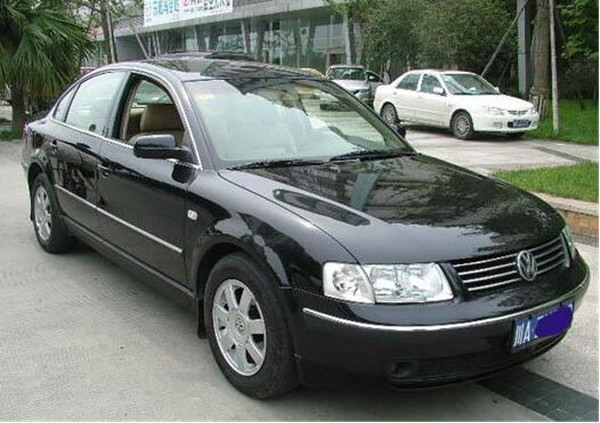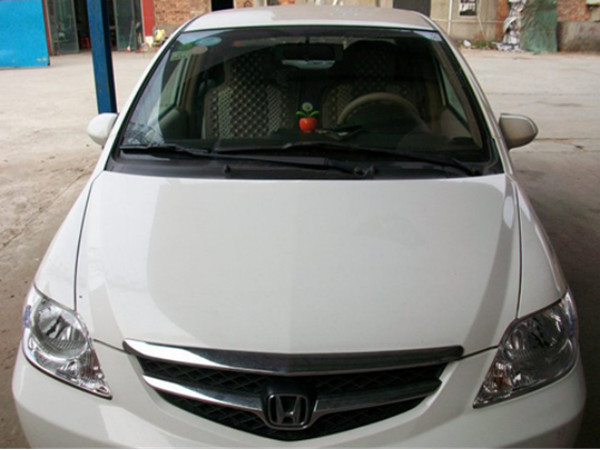What is the transaction flow of a used car?
Many owners of used cars are novices, because they do not understand the transaction process, resulting in some useless work, or formal procedures have not been completed, can not properly drive the car, in order to improve the efficiency of people buying used cars, today we come to the second-hand Car trading process to explain.

The precondition for trading a used car is that the vehicle must be on the scene. During the transfer of a used car, the buyer needs to carry the original and copy of the identity card of the original owner or the owner of the vehicle. If the owner of the vehicle is a public account, the original and copy of the code of the organization of the original unit are also required.
At the same time, the owner of the vehicle must also carry the original and copy of the registration certificate, one original and one copy of the driving permit, and the original and copy of the invoice for the original car transfer or the invoice for the transfer of the car must each carry one.
Buyers of used cars are required to bring one original and a copy of the ID card, or one copy of the original and a copy of the agent. At the same time, they need to bring in a registration form, a cancellation registration form, and a transfer application form. . It is also necessary to prepare an original copy of the individual car allocation indicator in the area where cars are purchased, three copies, and if the buyer is a local license on a foreign account, a temporary residence permit is required within the validity period.

The second-hand car transfer must first sign the old motor vehicle purchase contract, and the relevant traders need to check the violation of the car. If the car is in violation of the regulations or the vehicle is overdue, the transfer cannot be carried out. At the same time, the buyer needs to go to the account where the invoice can be opened.
After the transfer of the used car, the buyer needs to go to the vehicle management office to apply for the licensing process. After the vehicle management personnel checks the vehicle, and after the brackets and demolition and photographing, the new owner needs to pay the extension fee, and the photo of the vehicle is posted on the inspection record sheet. Above. At the same time, the DMV will also check if the vehicle is in violation of the regulations. If there is no violation of the rules, the new owner may hold the relevant documents and the registration registration form of the motor vehicle to the relevant window for transfer registration. At the same time, hand over the original vehicle formalities and ticket number and selection number, and present the new driving book, tax registration certificate and new number.
-
Elevator Traction Machine
While there is a wide range of elevators to fit every need, they fall under three basic types: machine-roomless, gearless traction and geared traction.
Traction elevators are the most common type of elevators. Elevator cars are pulled up by means of rolling steel ropes over a deeply grooved pulley, commonly called a sheave in the industry. The weight of the car is balanced by a counterweight. Sometimes two elevators are built so that their cars always move synchronously in opposite directions, and are each other's counterweight.

Elevator Traction Machine
Elevator Hoisting Machine, Traction Machine Supplier, Geared Machine, Elevator Machine, Mini Traction Machine, Elevator Traction Motor
Ningbo Xinda Elevator Traction Technology Co., Ltd. , https://www.nbelevator.de
